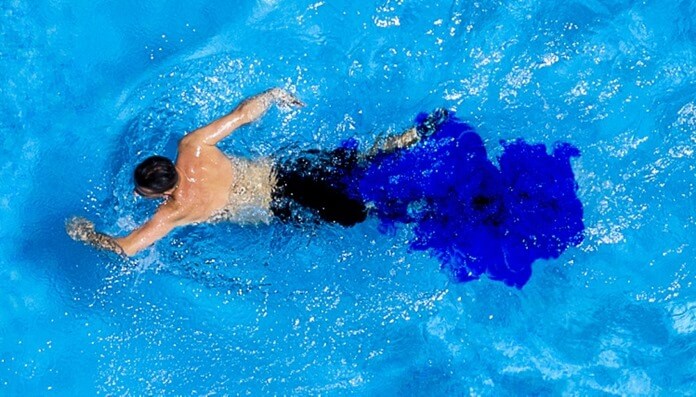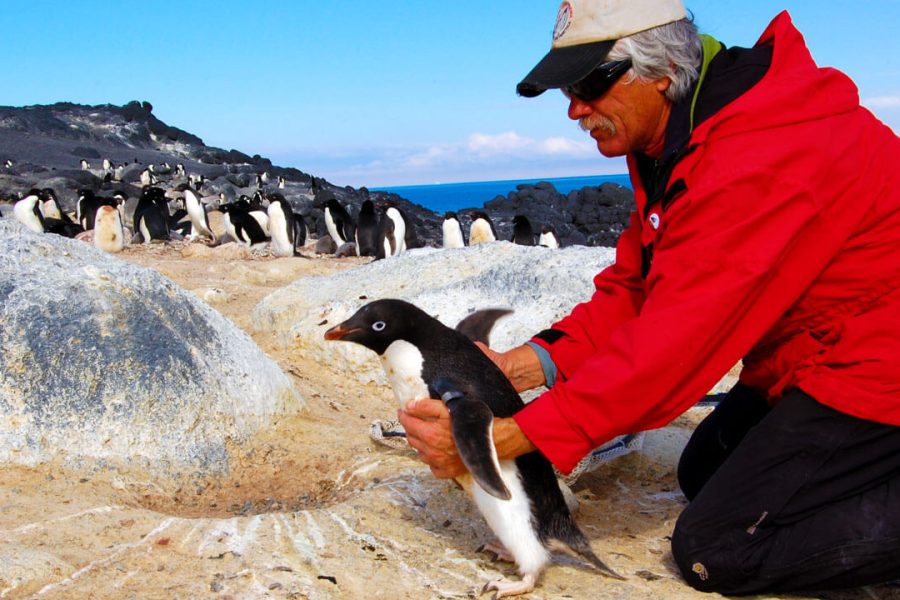Childhood is a golden time when the world is perceived in bright colors, and you don’t want to think about anything bad. However, what is perceived with joy and positivity in childhood, in adulthood can be perceived critically and even negatively.
Here are the top 7 facts that can ruin your childhood memories.
7. Dimples on the cheeks are a genetic defect
 Cute babies have dimples, right? No one can resist a request from a child who has funny dimples on their cheeks when they smile. They're even called "happiness marks."
Cute babies have dimples, right? No one can resist a request from a child who has funny dimples on their cheeks when they smile. They're even called "happiness marks."
In fact, dimples are a muscular defect that occurs due to a certain structure of the facial muscle Musculus zygomaticus major. It is also responsible for the ability to smile.
As most people age, the zygomaticus major muscle stretches and the dimples disappear. However, in some people, the bifurcated bundle of the Zygomaticus Major shifts to the side, growing into the cheek layer. When smiling, this bundle is pulled inward, which is what causes the "happiness marks."
6. Barbie Doll Sues Barbie Girl
The song "Barbie Girl" by Norwegian-Danish pop group Aqua became a hit in the 90s. For many years, it was played at parties and children's parties.
Unfortunately, its main context implied that Barbie was a girl of easy virtue, which the creators of Barbie and Ken did not like very much, and so Mattel, the company that produces these toys, sued Aqua.
Although the case was dismissed in 2002, it forever tarnished the image of the song that created the illusion for little girls that Barbie and Ken existed as real people.
5. The Flintstones advertised cigarettes
The Flintstones is an old (or should I say, primitive) brand that has been entertaining children and adults for years. However, even it once put its clean reputation at risk.
In 1961, cartoon cavemen starred in a TV commercial for a cigarette brand. In the ad, the show's characters happily smoke and praise cigarettes. To be fair, smoking was widespread in the United States and other countries around the world at the time.
However, in our 21st century world, using cartoon characters in advertising is usually acceptable when it comes to children's products and sweets, so we can't help but shudder at the thought of Fred and Barney smoking Winston.
4. Mood ring is dangerous for health
 This funny accessory was quite popular in Russia at the end of the 20th century. In the USA, mood rings appeared even earlier – in the 70s of the last century. The idea behind them was new and interesting – who wouldn’t want to wear a ring that changed color depending on the owner’s mood?
This funny accessory was quite popular in Russia at the end of the 20th century. In the USA, mood rings appeared even earlier – in the 70s of the last century. The idea behind them was new and interesting – who wouldn’t want to wear a ring that changed color depending on the owner’s mood?
The ingredient that makes this possible is called liquid crystal; its particles rearrange themselves depending on temperature, causing the ring to change color. It's the same liquid crystal found in LCD TVs and computer screens.
But the toxic mercury and arsenic components in liquid crystals make mood rings a deadly toy in the hands and mouths of children.
3. The children's sandbox is the dirtiest place on the entire playground.
 What could be more exciting for kids than building sand castles and making Easter cakes with friends in the sandbox? Surely you have many warm memories associated with it.
What could be more exciting for kids than building sand castles and making Easter cakes with friends in the sandbox? Surely you have many warm memories associated with it.
However, pediatricians have their own attitude towards children's sandboxes. The most unexpected and dangerous objects can be found near them - from used syringes to animal feces, through which helminths are transmitted to children.
For parents whose child is actively learning the taste and color of sand and other things from the surrounding world, we recommend giving him an antihelminthic agent in the fall, after the end of the sand season. But be sure to consult with a pediatrician!
2. No urine indicator is added to the pools
 When you first started swimming in a pool, you were probably told that if you go pee, your urine will turn bright purple because of a special reagent added to the water. And thus, everyone will know about your carelessness.
When you first started swimming in a pool, you were probably told that if you go pee, your urine will turn bright purple because of a special reagent added to the water. And thus, everyone will know about your carelessness.
However, such a dye is not added to public pools, although its existence is not a myth. It is used, albeit rarely, in elite pools and fitness clubs in the USA, so that wealthy clients can be sure of the impeccable purity of the water.
And the signs that say “water is under chemical control” in regular pools are nothing more than a psychological trick. However, this does not mean that you can freely pee in the pool, because doing so is unhygienic and impolite to other swimmers.
1. Santa Claus was not originally a kind grandfather.
 New Year in modern Russia is inextricably linked with the image of kind Grandfather Frost and his granddaughter Snegurochka, who give gifts to children. But it was not always so.
New Year in modern Russia is inextricably linked with the image of kind Grandfather Frost and his granddaughter Snegurochka, who give gifts to children. But it was not always so.
Father Frost has several supposed pagan prototypes, including:
- Deity Karachun or Korochun, also known as Winter Grandfather or Studenets. Lord of cold and darkness, associated with death (hence the word "okochuritsya", that is, to die).
- Pozvizd or Posvist is the god of winds and thunder, some sources note that he controlled weather phenomena. As soon as Pozvizd shook his hair, hail would fall to the ground, instead of a cloak, winds would fly behind him, and snow would fall from his clothes in flakes.
- Zimnik is a spirit from Belarusian mythology that looks like an old man with white hair, an uncovered head and an iron mace in his hand. His appearance is a harbinger of severe winter cold.
- Even Moroz Ivanovich, who is close to the modern Grandfather Frost, from Vladimir Odoevsky's collection "Tales of Grandfather Iriney" did not come to the children with gifts. The children came to him themselves, and received not gifts for nothing, but a reward for service.
It was only at the beginning of the 20th century that the image of Father Frost that we are accustomed to began to take shape, and since the 1930s, Father Frost and the Snow Maiden have become indispensable participants in New Year's celebrations.














Оставить Комментарий